HARTING Sensors
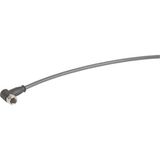
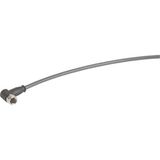
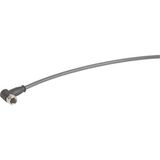
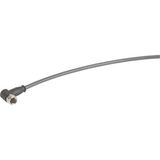



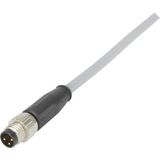
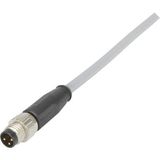

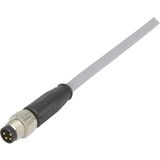
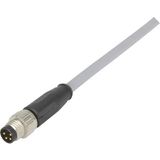
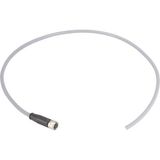
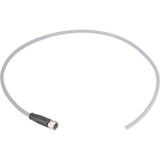
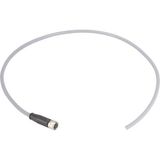
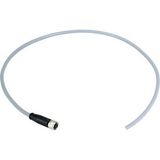
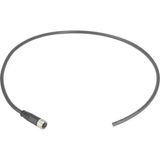

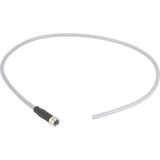
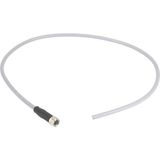
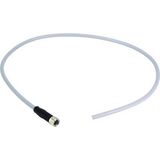


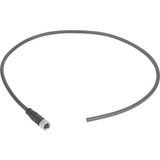
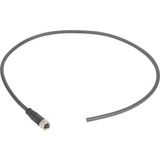

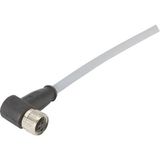


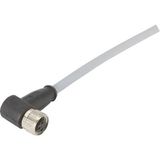

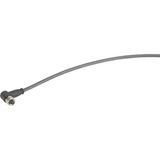
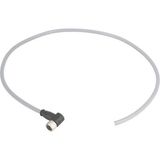
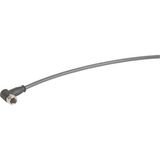
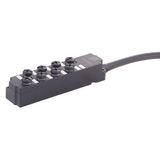

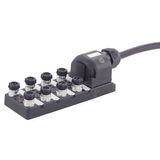



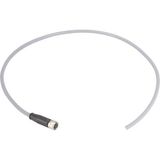

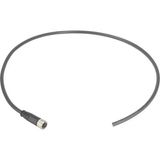

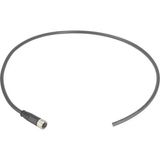
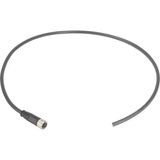

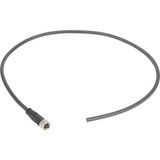

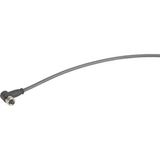


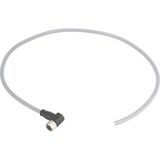

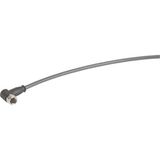
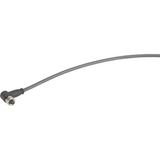

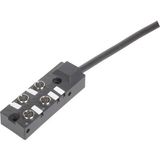


-
-
1
- 2
-
When you’re designing or sourcing a system where detection, control and feedback matter, the sensors you choose define much of the performance. HARTING sensors – industrial sensors, proximity sensors, position sensors, IO-Link sensors and interface modules – bring that detection layer into your machine or installation with precision and durability. In practice, you’ll usually see HARTING sensors in automation cabinets, robotic cells, material-handling systems and any environment where uptime matters.
Why Choose HARTING Industrial Sensors
From experience, what separates a reliable sensor from a troublesome one is not just the spec sheet — it’s durability, installation ease, spare-part logic and consistent performance under load. HARTING offers sensors rated for industrial use: for example current sensors, hall-effect modules, modules for detection of positions or proximity with documented operational limits.
You’ll value that the sensors match the HARTING connectivity ecosystem — same mechanical dimensions, same interface modules, often the same data sheet logic. For wholesale procurement, that means fewer brand variants, simpler stocking and faster installation.
HARTING Proximity and Position Sensors — What to Look For
When specifying proximity or position sensors for machine control, key parameters include sensing distance, switching frequency, housing size, electrical interface (NPN/PNP, IO-Link), environmental rating (IP, vibration) and mounting type.
HARTING’s products offer consistency: compact housings for tight machine spaces, IO-Link compatible modules for modern networks, and housings rated for industrial standards. In practice you’ll see fewer sensor replacements when you standardise on trusted brands like HARTING — fewer mis-alignments, fewer wiring errors.
For procurement, standardising on one or two sensor types (say a proximity sensor for all machine bases, one IO-Link position-sensor for mobile axes) simplifies stock and reduces total SKU count.
HARTING Connection Interfaces for Sensors and IO-Link Devices
Detecting is one part; integrating sensors into the control system is the next. HARTING automation sensors come with matching interface modules, housings and wiring accessories. That means the sensor connects cleanly into the panel or machine, wiring uses connectors you already stock, terminations are consistent and maintenance is easier.
For example, when you use HARTING modules with IO-Link wiring, you keep cable types uniform, spare connectors are identical across machines, and documentation is simpler. From experience: this reduces installation time and improves traceability in large builds.
Buying Logic for Procurement Managers
When you are buying HARTING sensors and related accessories in wholesale quantities, here are practical steps:
- Define your sensor standard: pick one or two proximity sensor models and one or two position/IO-Link sensors that cover most of your machine types.
- Check environment & durability: indoor dry, outdoor, heavy vibration — choose IP67 or higher if exposure is real.
- Match interface type: if your machines use IO-Link, buy sensors and module interfaces that integrate seamlessly.
- Standardise interface modules and cable connectors: that cuts down on spare-part variety.
- Order typical spare quantities: sensors tend to fail or get damaged; keep 5–10 % extra to avoid downtime.
- Use consistent documentation: ensure each part comes with datasheet, wiring diagram and serial batch—important for commissioning and after-service.
By following that logic you reduce risk, avoid site delays, and simplify logistic overhead
Why HARTING Sensors Make Sense for Large-Scale Projects
Choosing HARTING means you are investing in test-proven modules, a recognised industrial brand, and a sensor/connector ecosystem that works together. Rather than mixing sensor brands (which often means mixed mounting diameters, different interfaces and more confusion), using HARTING consistently improves maintainability and stock control. Installation teams learn one standard, spare parts are fewer, performance is predictable. From a procurement view: fewer SKUs, fewer errors, smoother rollout.
Bank of Lamps — Your Wholesale Partner Across Europe
Bank of Lamps distributes the complete HARTING sensors and automation interface portfolio — industrial sensors, proximity sensors, position sensors, IO-Link modules, connection interfaces and accessories — from our warehouse in Latvia. We support distributors, system integrators and large project buyers across the UK, Germany, Netherlands, Baltic States, France, Spain and Belgium.
Our advantages: genuine brand-authentic HARTING stock, flexible bulk quantities for projects of any size, centralised EU logistics via one hub, stable contracting pricing for multi-phase rollouts, full traceability of batches and dedicated B2B support logistics. With us, you gain both product integrity and supply-chain reliability.